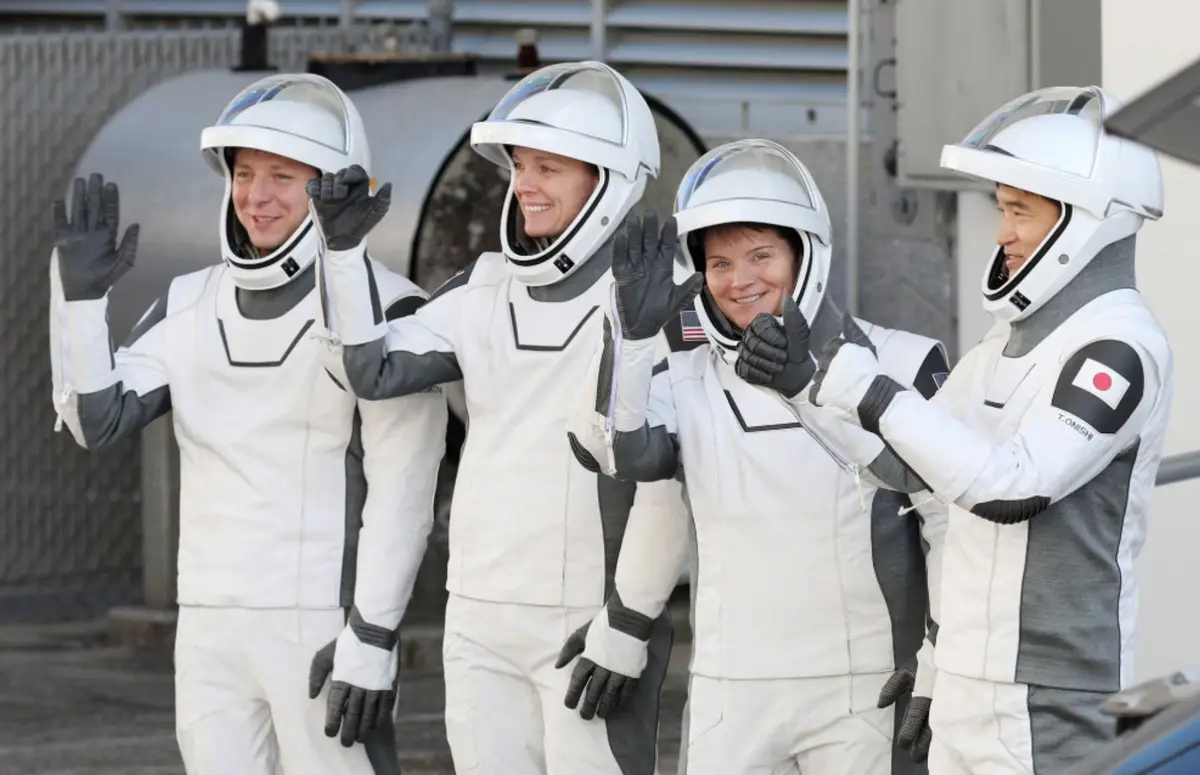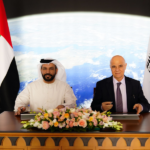A new crew of astronauts has officially taken over duties on the International Space Station (ISS) from NASA’s Suni Williams and Butch Wilmore, marking the beginning of a routine crew rotation, while the duo prepares to return to Earth. The Crew-10 mission, which is jointly operated by NASA and SpaceX, launched on Friday, with four astronauts aboard.
Crew-10 Launches and Arrives at the ISS
The Crew-10 mission took off at 7:03 p.m. ET on Friday from Kennedy Space Center in Florida aboard a SpaceX Falcon 9 rocket. The crew included NASA’s Anne McClain, Nichole Ayers, Japan Aerospace Exploration Agency (JAXA) astronaut Takuya Onishi, and Roscosmos cosmonaut Kirill Peskov. The mission’s Dragon capsule successfully docked with the ISS around 12:04 a.m. ET on Sunday.
The Crew-10 astronauts will spend the next few days in a “handover” period with the current crew, which includes Williams, Wilmore, and fellow Crew-9 astronauts, NASA’s Nick Hague and Roscosmos’ Aleksandr Gorbunov. The handover will be followed by the scheduled return of Williams and Wilmore as soon as March 19.
Delays and “Stranded” Narrative Debunked
NASA had initially planned for Williams and Wilmore to return sooner, but their departure was delayed due to a launch pad issue on Wednesday. While the delay sparked further media discussions about the astronauts being “stranded,” both Williams and Wilmore rejected the narrative. “That’s been the narrative from day one: stranded, abandoned, stuck — and I get it, we both get it,” Wilmore said in February. “Help us change the narrative, let’s change it to: prepared and committed despite what you’ve been hearing.”
Despite the delay, NASA officials confirmed that Williams and Wilmore’s extended stay on the ISS was part of a routine crew rotation process, and they have known since at least last summer when they would be returning home.
Political Drama Surrounding the Extended Stay
Williams and Wilmore’s extended stay on the ISS has become the subject of political discourse. SpaceX CEO Elon Musk and President Donald Trump have suggested that the Biden administration abandoned the astronauts in space, claiming that SpaceX could have brought them home months ago. However, NASA has clarified that Williams and Wilmore’s stay was extended due to technical issues with the Boeing Starliner capsule they originally flew aboard.
SpaceX’s offer to return the astronauts earlier was reportedly rejected by the Biden administration, though this claim has been disputed by NASA officials. According to a former senior NASA official, SpaceX never made such an offer directly to NASA leadership, and a new mission would have been too expensive. Musk has since stated that the offer was made to the White House, which allegedly refused the proposal.
Crew-9’s Mission History and Challenges
Williams and Wilmore initially traveled to the ISS in June when they piloted the first crewed test flight of Boeing’s Starliner capsule. However, the mission faced several technical challenges, including propulsion issues and helium leaks, which led to their extended stay aboard the space station. NASA decided that it would be too risky to return the astronauts aboard the Starliner capsule and opted to integrate them into the routine ISS crew rotation, with their return planned alongside SpaceX’s Crew-9 mission.
While their stay on the ISS has been marked by challenges and political tension, NASA’s acting administrator, Janet Petro, acknowledged the mixed emotions the astronauts likely feel as their time in space comes to an end. “I’m sure they’re anxious to get home and put their feet on Earth and spend time with their family — but I think that they have enjoyed their time in space,” Petro remarked.
SpaceX’s Ongoing Role in Crew Rotation
As Crew-10’s mission progresses, Williams and Wilmore will complete their handover of duties, and the Crew-9 astronauts will prepare to return to Earth. Despite the political drama surrounding their stay, both astronauts have made it clear that they are proud of their contributions to the mission. Their return is a key milestone in the ongoing partnership between NASA and SpaceX as the space agency continues its efforts to ensure safe and reliable access to space for astronauts.






